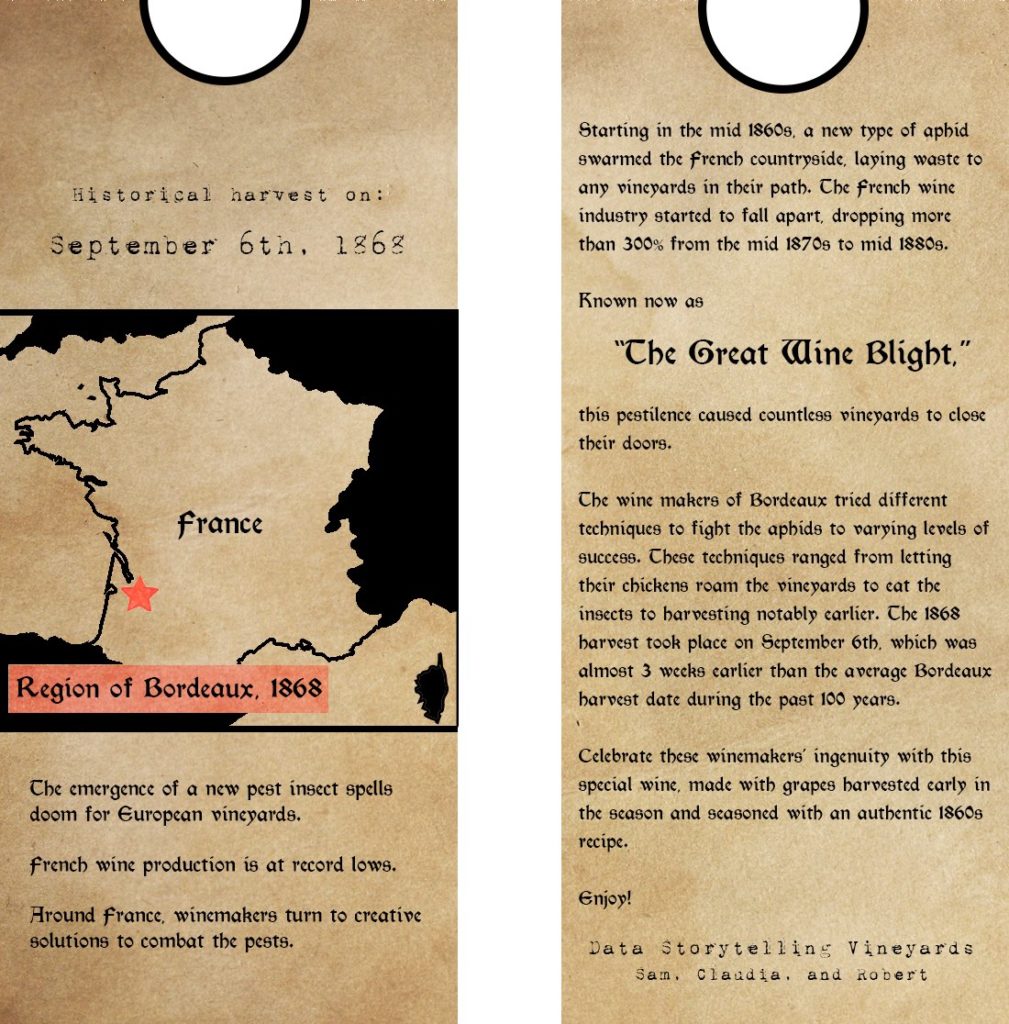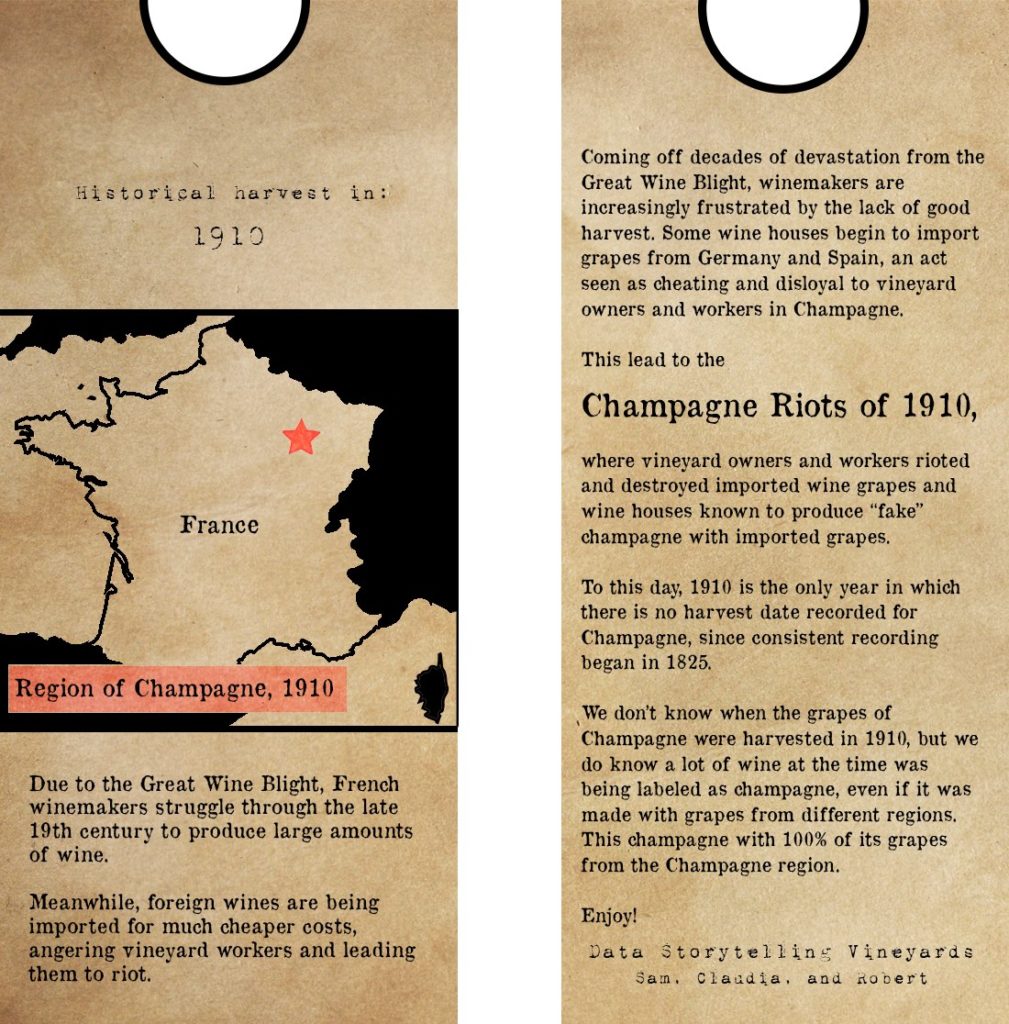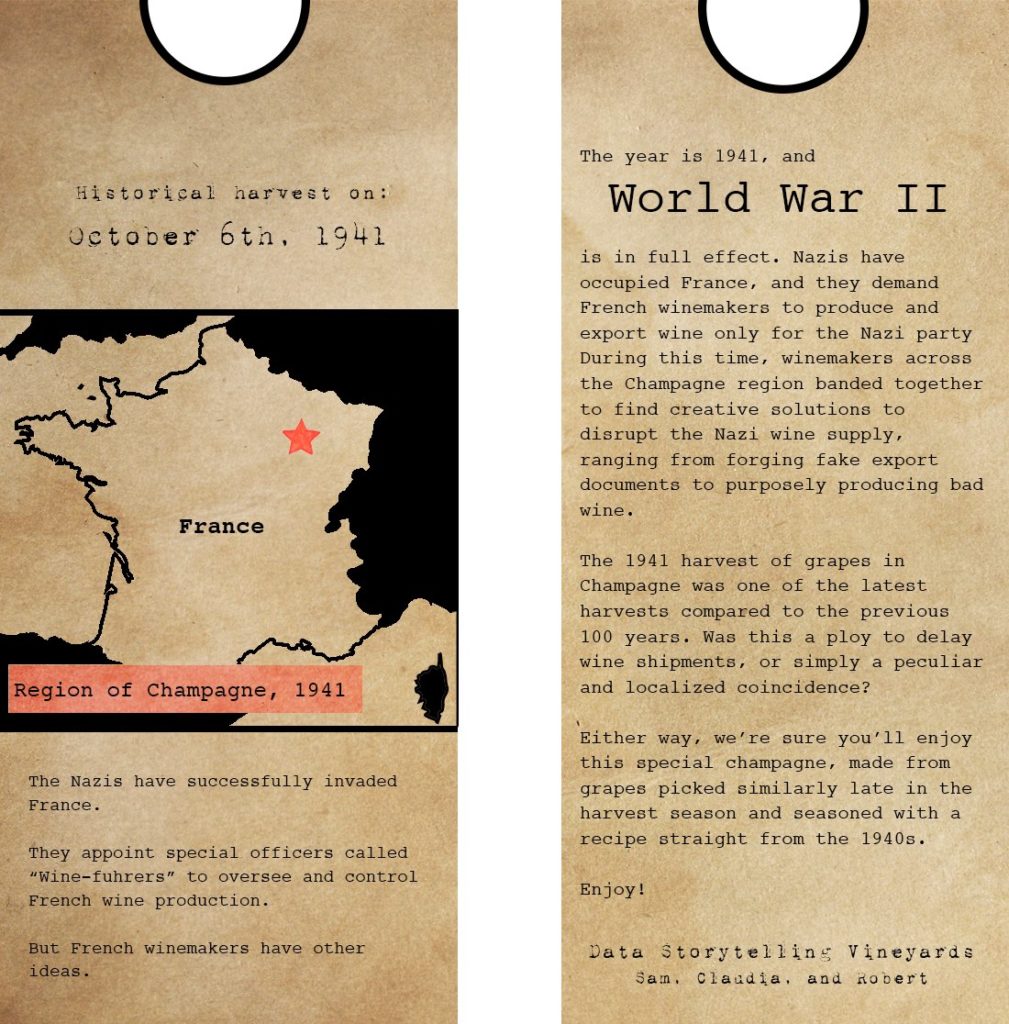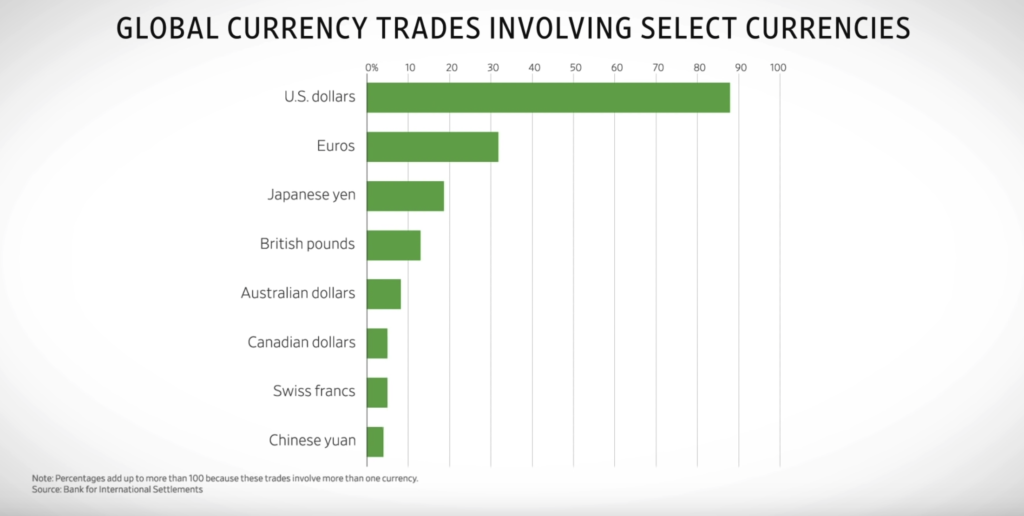Chatting with People
I use a few apps daily. These are mostly regular phone messaging, WhatsApp, and Messenger. These apps have to store the messages that I send to other people (or at least move the messages from my phone to the other people’s phones), which creates insecurities both in storage and during transmission. Even if there is an end-to-end encryption, the event that “Robert sent some web request somewhere” is still potentially logged.
Moving Around Town
At MIT, we have to tap our card in many of the buildings we enter, especially dorms; in addition, many of those areas have cameras. This means that it can be fairly easy to track people.
I also have some friends who wrote an app that could detect high traffic areas using wifi signals. Just in the way wifi work (by probing wifi routers literally in all directions), the information that “I disconnected from wifi X and connected to wifi Y” can also be used.
I also worked on a project to design a system that could facilitate indoor tracking using bluetooth. So, I wouldn’t be surprised if someone could combine all these signals to be able to track people.
Getting Online
There’s a game I play almost everyday (and I should stop…). That game logs pretty much everything, which in turn it uses to award coins or rewards. That’s a form of tracking. The game has in app purchases, which can be used as a proxy to discover someone’s financial status.
Other Things
I think that cellular network is the least secure and most dangerous of all, including SMSs. We’re all kind of stuck to using it because we carry our phones everywhere. Now that phones don’t have battery removals, it’s almost impossible to know whether your phone is actually off even when you turn it completely off. This video from the Joe Rogan Experience with Edward Snowden is particularly telling.



